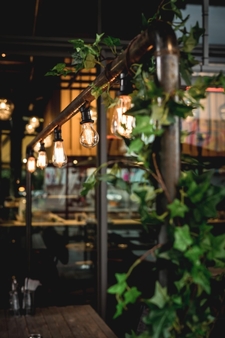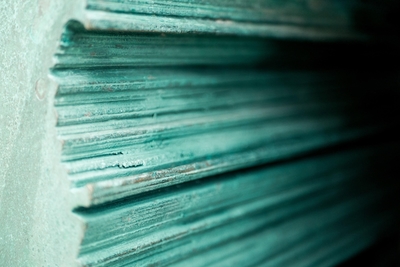Tubes are among the most useful metal supplies on the market. They are used for a vast array of applications and benefit many different industries, including creative, construction, industrial, and manufacturing. In fact, in any manmade structure, you’ll see a tube or two installed to perform an integral role in the structure’s stability and functionality.
Tubes are not to be confused with pipes. Although they normally look the same, they are different types of material altogether. Generally, pipes are often used for conveying fluids and gases, whereas tubes are used for decorative and structural purposes. The ones inside your walls or underneath the sink are classified as pipes, while your curtain rods and stair railing are considered tubes. There are cases, though, when a tube also functions as a pipe and vice versa, but this is the general idea.
Applications of Tubes
As previously mentioned, tubes can be used for a range of applications. These may include precision tubes in vehicles, stands for tents, and frames for bed bases. Most machines and appliances have handles and other major components made of tube, too. The handles on your shovel and mop as well as the antenna on your old radio are all tubes. To give you a better idea of how vast tube applications are, here are some major uses of tubes that you rarely hear of but are actually very common.
-
Structural.
You probably think of tubes as only suitable for small-scale applications, mostly for aesthetic purposes. In truth, tubes also have structural uses. Most of today’s buildings consist of tubular columns and beams. Builders prefer it to other materials because they are flexible and easy to install.
-
Mechanical.
When you’re riding a bicycle and suddenly you need to stop and carry your bike down a stairway, did you notice how light it is? If the body of your bike is made of solid steel, you would have difficulty lifting it, let alone carry it down the stairs. Most bicycles have a body made of tubes, which explains why they are very light. The same goes for other types of vehicle.
-
Hydraulic.
Any hydraulic system that handles large volumes of fluid at a quick rate to meet increasing levels of demand needs to have an accumulator to cope with extremes. This accumulator, together with a number of components of the hydraulic system itself, is made of tubes.
-
Extinguishing and Distribution.
Many tubes are also used for making fire extinguishers, plumbing fixtures, and natural gas distribution systems. These tubes are usually made from the highest quality metals to ensure that they can tolerate extreme pressure and temperature.
Shapes and Materials
Tubes come in different shapes, sizes, and materials to serve different purposes. Those with circular cross-sections are the most common because they are suitable for virtually all kinds of applications. Some tubes have special shapes typically for decorative uses. Rectangular and triangular cross-sections are not preferred for structural applications because their shape may affect the distribution of load and pose a threat to the stability of the structure.
Most tubes with irregular cross-sections are used as standalone or as components of a decorative element. They can be manufactured through casting and rolling or through extrusion. Many manufacturers prefer the latter because it’s more efficient. Extrusion involves pressing a workpiece into a die with the desired cross-section, whereas in casting, the metal has to go through more than a few complex processes before the output is produced.
Two of the metals tube manufacturers commonly use are bronze and brass. Both alloys of copper, they exhibit qualities that are suitable for most applications of tubes. They are malleable as well as durable, and so they can last long and endure high pressures. If you need a brass or bronze tube to replace a missing fixture in your home, find one from a top metal supplier, such as Rotax Metals. Whether you need cast tubes or brass extrusions, they surely have it in their inventory.




 The annual copper production in the United States continues to grow due to the increasing demand mostly by the construction, transportation, electrical, and electronics industries. Although the increment fluctuates year after year, the copper mining industry sees only an uptrend in domestic production, which is expected not to dip anytime soon regardless of the state of global supply.
The annual copper production in the United States continues to grow due to the increasing demand mostly by the construction, transportation, electrical, and electronics industries. Although the increment fluctuates year after year, the copper mining industry sees only an uptrend in domestic production, which is expected not to dip anytime soon regardless of the state of global supply.